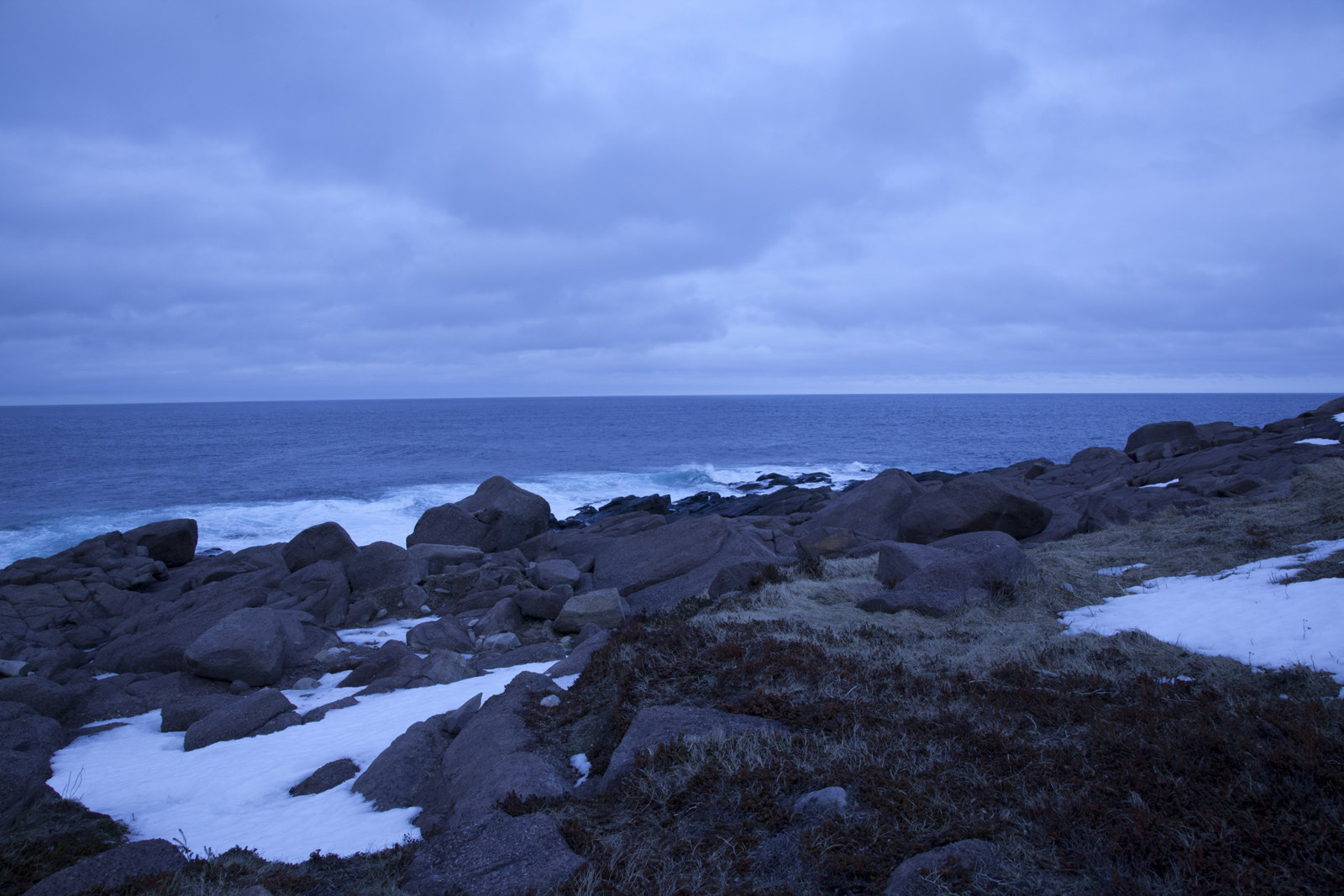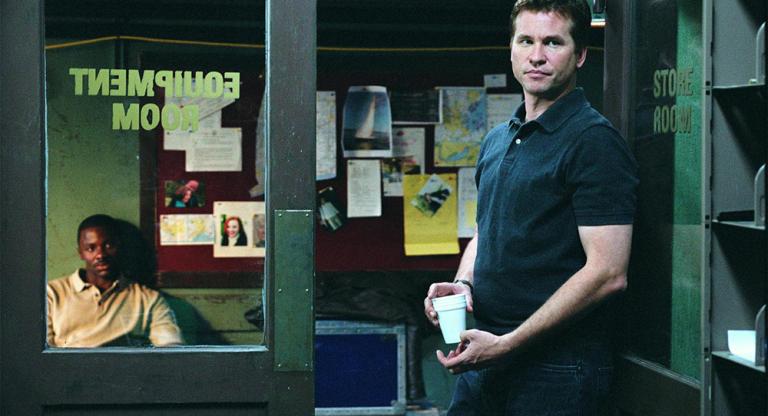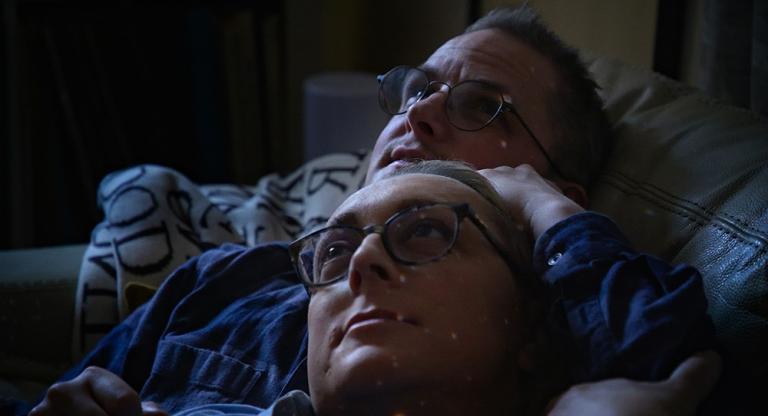"What is the context in which buffalo feel comfortable and where they allow themselves to wallow?" This question, arrived at by Omaskêko Cree artist Duane Linklater through conversations with poet Layli Long Soldier and curator Matilde Guidelli-Guidi, became the premise of his current solo show at Dia: Chelsea. Quoted in the opening paragraph of Guidelli-Guidi's short essay for the exhibition brochure, Linklater's question opens onto the centerpiece of the exhibition: seven large-scale plaster and foam sculptures depicting buffalo in various wallowing postures collectively titled wallowposition, and wallwallow, a circular composition of soil, hay, clay, and pigment on a wall-mounted steel disc that evokes the impressions the animals make on the land during the act. Where settler descriptions of the buffalo's importance to First Nations typically amount to a commodified explanation, the relationship between the Cree and the Pté Oyate ("Buffalo Nation") is one of spiritual connection and carefully maintained coexistence; the buffalo are their kin. Linklater's emphasis on context in the above statement offers a guide to understanding his larger practice, as his thinking is unbound by prevailing distinctions among media, discipline, time, and space. Helpfully, Guidelli-Guidi has organized a three-part program of Linklater's film and video work that illuminates the conceptual and historical through-lines in his oeuvre. The first part, The place I seek to go, comprises four films that screen continuously on a loop in a dedicated gallery through December 6.
"Simultaneity" is a term Linklater uses to describe his art, which, in addition to being thoroughly interdisciplinary, often involves collaborations with friends and family, such as his wife, the artist and choreographer Tanya Lukin Linklater, and his son Tobias. For 12 + 2, Tanya wrote and choreographed bison bison (dance_hum for dirbath), a performance that took place in the galleries that was accompanied by buffalounit, a piece of music composed by eagleswitheyesclosed, the musical group formed by Duane and Tobias. Amanda Donnan, curator of Linklater's 2021 exhibition mymothersside at the Museum of Contemporary Art Chicago, defines Linklater's conception of simultaneity as "an attunement to the web of historical contexts and cultural meanings in which objects, materials, symbols, places, and people are inextricably mixed," a concept illuminated by scholar Mark Rifkin's description of Indigenous temporality, which "operates less as a chronological sequence than as overlapping networks of affective connections that orient one's way of moving through space and time." Linklater's work seeks to exist outside of linear, partitioned time, as enforced by prevailing colonial superstructures, while retaining an emphasis on the experiential nature of art. His moving-image works are best understood in this context, functioning as "an ongoing re-creation," to use Rifkin's phrasing, of the colonized world into new forms that resist the enduring effects of dispossession.
Perhaps the most straightforward example of this "re-creation" is the earliest film in the program, Sunrise at Cape Spear (2011, pictured at top), a 12-minute silent digital video recording the dawn breaking over the stony shore of Newfoundland, a vantage historically inhabited by the now-extinct Beothuk people; the location is thought to be the first site of contact between Indigenous North Americans and Norse explorers circa 1000 AD. Using the camera as a stand-in for embodied vision, Linklater asserts his presence as an Indigenous person experiencing the birth of a new day pregnant with possibility. In the 14 years since making this work, Linklater repeatedly attempted to modify the Wikipedia entry for Cape Spear, which stated that “there is no known archaeological evidence to indicate that Cape Spear was viewed by local Indigenous communities as a place of symbolic geographic importance,” a fallacy that erases Indigenous knowledge of the area. While the Wikipedia article now acknowledges the presence of the Beothuk and Mi'kmaq peoples at Cape Spear, Linklater's many past attempts to update the page were removed by administrators.
Sunrise at Cape Spear shares a screen with another work predicated upon selective presences and omissions, It's hard to get in my system (2012). It captures Linklater teaching the cellist Zoe Wallace how to play a powwow song. Linklater sings portions of the song, which Wallace then transcribes on her instrument. In the final five-minute film, however, Linklater has removed the audio of his voice, leaving only the cello's echoes, and adjusts the speed of the footage so that Wallace appears to be playing a seamless piece of music. Invoking the transmission of ancestral knowledge through music, Linklater protects the sanctity of the powwow song by mediating its passage into the settler structure of the museum, with its mostly non-Indigenous audience.
The most recent work on view is foiled (vers1) (2021), in which Linklater shot a YouTube video of the 2012 charity boxing match between senators Patrick Brazeau and a not-yet-famous Justin Trudeau on 8mm film, which he then transferred to digital video. Brazeau is of Algonquin descent, and Trudeau reportedly chose him as an opponent because “[he] would be a good foil,” an auger of his administration's failure to live up to the reconciliation promises he made to Canada's Indigenous communities while campaigning for Prime Minister. Looped into an endless sparring match, the senators dance about the ring in a rhythm structured by Linklater's pauses. The tattoos on their arms have degraded to smudges through the artist's intentional compromising of the image, but if one looks at press photos of the match, they reveal that Trudeau's left shoulder bears a design by the Haida artist Robert Davidson. Trudeau won the match, and the publicity from the event propelled him onto a national stage, restarting the familiar cycle of liberal promises of recompense followed by slow abandonment and capitulation to the interests that be.
Across the room from foiled is the three-minute video after which the program is titled, The place I seek to go (2012). Recalling the format of Yvonne Rainer's Hand Movie (1966), we see a single shot of Linklater's left hand moving through a series of movements and poses. Rainer made her film from a hospital bed as she recovered from an injury, and Linklater's video also invokes the memory of a wound sustained by one of his fingers, evidenced by its partial amputation. The film constitutes an intimate self-portrait of the body, mind, and spirit that created the objects and interventions in the adjacent galleries. While the title may initially seem incongruous for a film comprising a static, tight shot of a single body part, one must consider the film within the endless web of connections in which Linklater situates his art and life. As Layli Long Soldier writes in her text for the exhibition brochure, "wallowing is an act of kinship and relationship-building too, filled with intimacy and connection between the buffalo and the land. The land holds an impression–a loving space–long after the buffalo has moved on." Not unlike the act of making art, in fact.
Duane Linklater: 12 + 2 is on view through January 24, 2026 at Dia: Chelsea.



